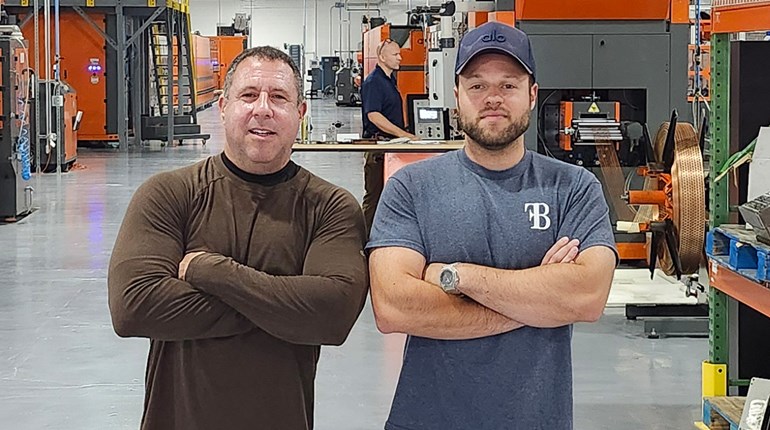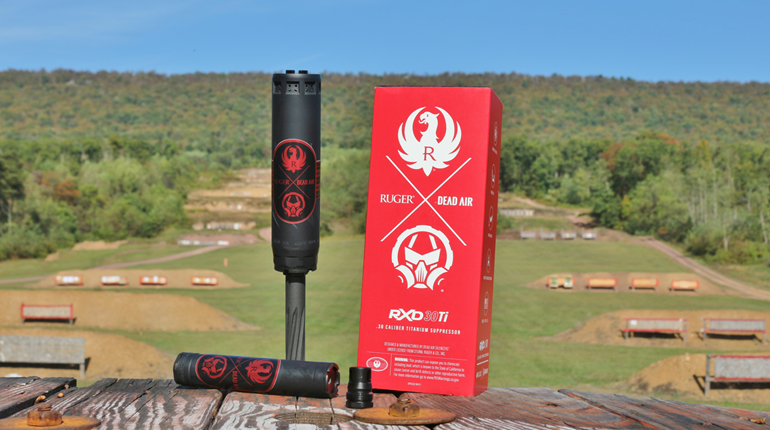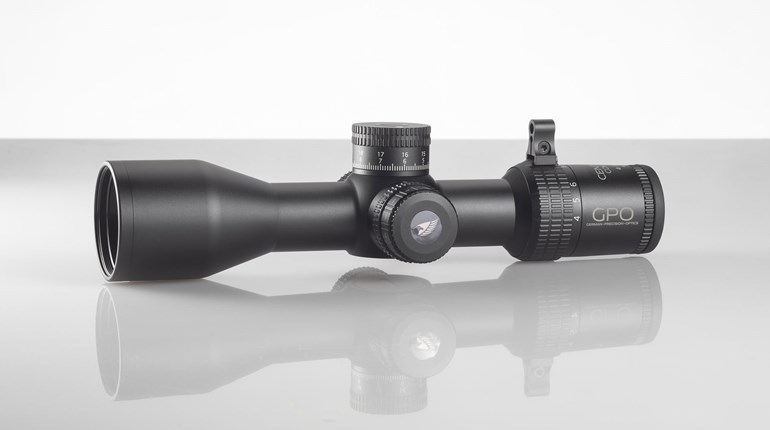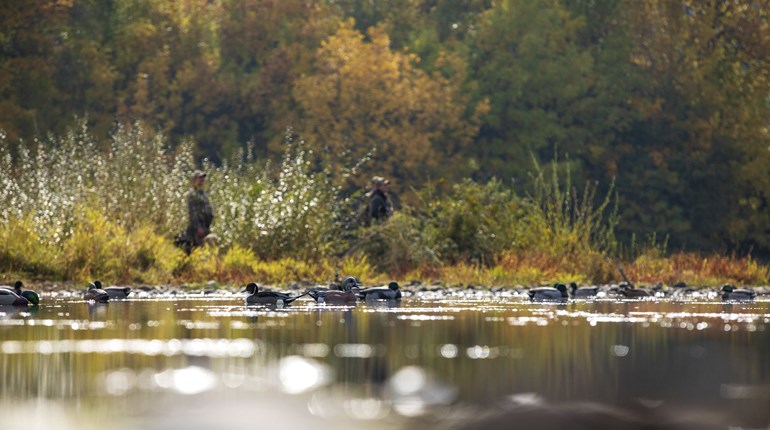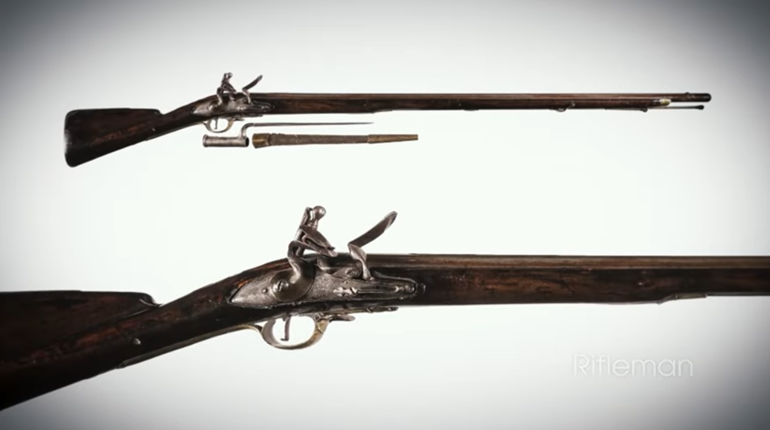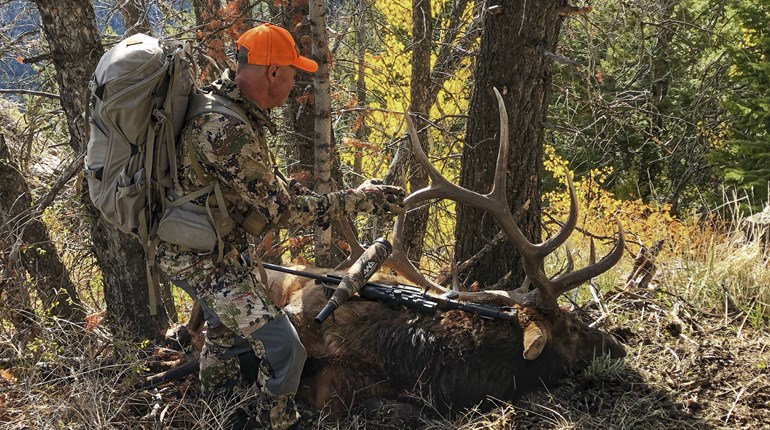
Hey, let’s face it, the first time any of us stepped on the range we were intimidated. As with anything new and potentially dangerous we naturally had a few concerns. Some of us may have had a bad experience already with a firearm, and those concerns turned into downright fears. Others still had been indoctrinated by false claims of both the media and the big screen. I still remember my first day on the range, and now that I’m an instructor, I always put myself back in those shoes when I train a new shooter. After doing so professionally for close to 10 years, I have identified the top five fears that new shooters have, and some advice to help them deal with it.
1. Shooting yourself
It shouldn’t surprise anybody to see this at the top of the list, as everyone wants to go home after any fun activity. The truth is that the shooting sports are statistically some of the safest activities in the world, especially when compared to contact sports. Explaining this to a new shooter often helps ease their minds and allows them to focus on the first lesson, safety. I have my routine of the three rules of firearms safety down to about 7 minutes. This lecture and demonstration is meant to be brutally simple with the hope to get a “that’s it?” response from our students. Keeping these rules simple helps to build the confidence that they, too, will be safe and successful with a firearm.
2. Recoil
Most students come to us worried about “kickback.” When that phrase comes up I like to help them with their terminology and explain that the proper term is recoil. (“Kickback” is what the county had to pay the union to build the range.) But, yes, as confirmed by Sir Isaac Newton, for every action there is an equal but opposite reaction. Lead going downrange means steel moving uprange. Sure firearms kick a little bit, so we like to minimize that by using heavier guns, smaller cartridges or a combination of both. Nothing is softer to shoot than a full-sized rifle or pistol in a rimfire caliber. Again the goal here is to generate a “that’s it?” response. When it’s time for a centerfire I have the students load just one round into the gun the first few times they fire it. We do this because should they drop the gun after it fires, they will be dropping an unloaded gun. Of course, this is a highly unlikely scenario, but letting them know that they are working with a one-round “safety net” eliminates that fear and helps the student concentrate on the other aspects of firearms safety, as well as marksmanship.
3. Noise
My friend Oleg Volk says “A gun without a suppressor is like a car without a muffler.” I couldn’t agree more with this statement and thus use a suppressor anytime I can when teaching a new student. Of course, this is a problem in many states and other means must be examined. Quiet comes in a lot of different forms, such as the use of subsonic ammo. This offering is available for a number of cartridges, with .22 Rimfire being the quietest. Other ways to bring the noise down is to use longer-barreled firearms and utilize outdoor ranges as often as possible. An outdoor range, especially if that particular range is void of a pavilion, is a substantially quieter environment to discharge firearms. Of course, doubling up on the hearing protection (earplugs and earmuffs) will also cut down on the guns’ report.
4. Action bite
“I have a friend that needed stitches after pulling the trigger the first time.” Yes, many of us have heard about “That Guy” before we picked up our first guns. The truth is that guns are not designed to hurt the user whatsoever. Before I let a student pick up a gun I ALWAYS demo a proper grip, as well as an improper grip. When showing a student how to grip a revolver I take a minute to show them the soot around the cylinder gap and explain that high pressure burning gas is emitted through there. Next, I fire a full cylinder with a proper grip and show them that with a little knowledge they have nothing to worry about. As for semi-autos I simply fire and talk about how the slide moves. During this demonstration, I remind the students that my support hand thumb NEVER wraps around the backstrap, as this action will gouge a chunk out of it.
5. “Everyone’s gonna look at me”
Yep, many times a student is self-conscious of their early performance. While I’m no Dr. Phil, I often do have to play the role of tactical psychologist and help new shooters learn to deal with the looks experienced shooters are giving them.
For starters, they’re not…No I mean it, really…nobody cares that you’re new, and nobody is paying attention to your shooting. Anybody worth their salt on the range is too busy paying attention to their own target.
Gun owners are some of the most understanding and accepting people I have ever met and newbies are an everyday occurrence. When I am working with someone with this concern, I ask them to point out some easy to recognize characteristics of the other people on the range. When they fail to answer I point out that the same way they aren’t obsessing over the other shooters, the other shooters aren’t obsessing over them. Now if it’s a group class I always like to start off by asking for a show of hands of “how many people have been to the range fewer than five times.” In nearly every introductory course it is somewhere around 92 percent of our clientele that has a hand in the air. Knowing that they are among shooters of the same skill level helps them feel less out of place, and again helps them concentrate on safety and marksmanship.
Overall, firing your first shots should be a memory that lasts a lifetime—but for the right reasons. If you are ready to send your first rounds downrange, seek out a qualified NRA instructor for a private lesson or—even better—enroll in an NRA basic level course. These courses are all geared towards new shooters and the folks teaching them have extensive training in not only firearms instruction, but how to address the fears that we know some of you might have.













